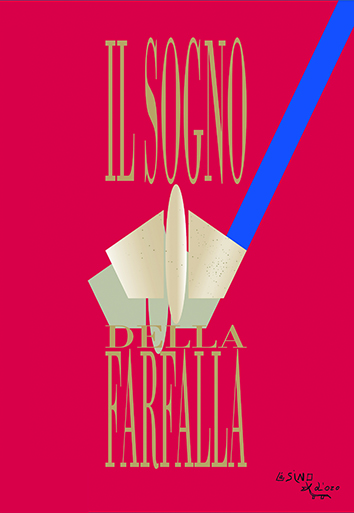Forse Orfeo non deve morire. Considerazioni sul rapporto tra arte, follia e pazzia
Abstract
In Western thinking it is common to come across the idea that art and madness share a privileged relationship. This stems from the fact that the artist must by his very nature “regress” and come into contact with the unconscious, considered by many to be an insidious and dangerous feat. Psychiatrists themselves have often affirmed, using “scientific” tones, that the artist must be destructive in order to create. The Theory of birth becomes the starting point for a consideration that, on the contrary, identifies the unconscious with the preverbal phase of a child’s existence when a child begins walking and speaking the language of others. Even if the child will never consciously remember anything of this phase, it constitutes a long period of heightened sensibility towards interpersonal relationships and a total indifference towards non-human realities. Considering the works of Van Gogh, Cézanne and Picasso we notice that towards the end of the 1800s these artists managed in some way to carry out research into this preverbal phase which allowed them to give rise to and create original and revolutionary images that mark the beginning of contemporary art. What begins to emerge is a psychodynamic theory of art that considers different type of images: art as a representation of conscious memories, as a representation of dreams and finally as the emergence of images which are “neither conscious nor dream images”. As to why artists like Van Gogh suffered from psychotic decompensations, the article points to the vast problem of the so-called intrapsychic conflict, but also to the difficulty that a highly gifted person has in offering resistance to the reactions of their loved ones.


